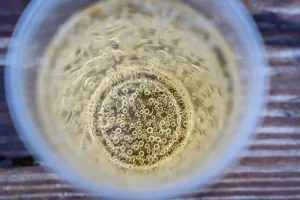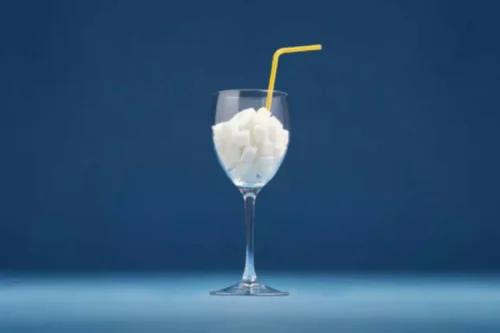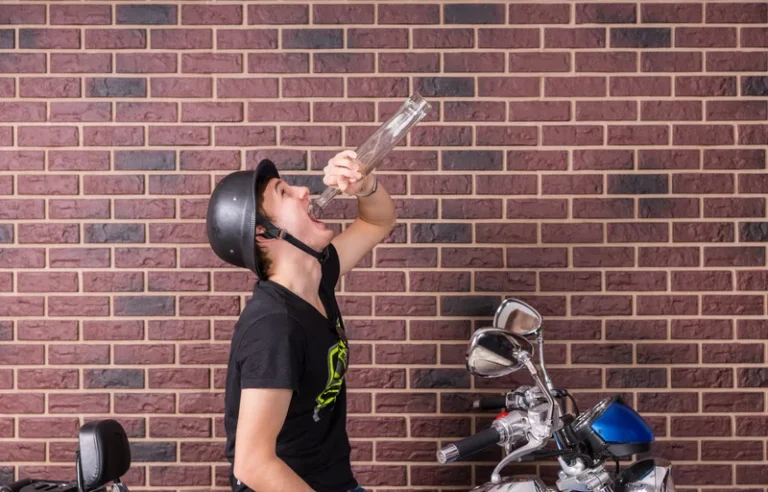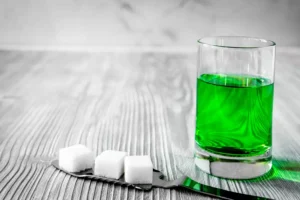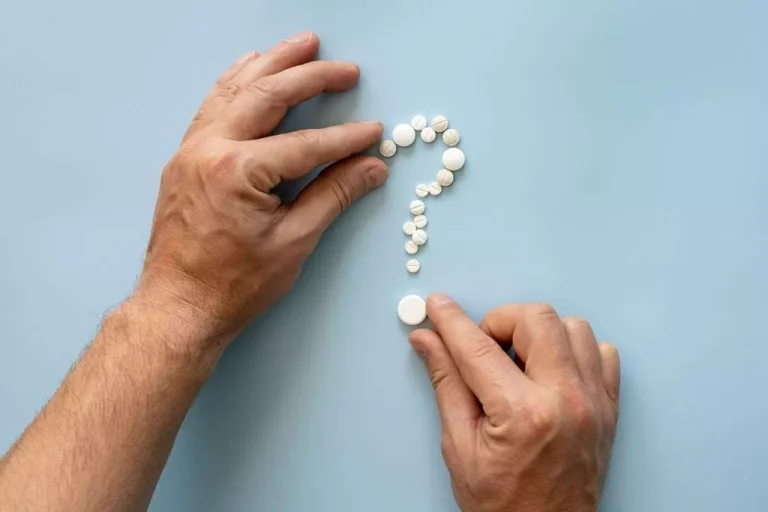.jpg)
Morgan has spoken at school assemblies, colleges, community colleges, hospitals, churches, and other venues to raise the consciousness of FASD. Morgan Fawcett is a 19-year-old Tlingit flute player with Fetal Alcohol Spectrum Disorder (FASD). People cannot believe that Morgan has this disability due to his philanthropic ventures.
Understanding Fetal Alcohol Spectrum Disorders
Reach out to us now for immediate support, or let us know the best time to contact you through our confidential callback service. Joaquin Rafael Phoenix is an actor from the United States who was born on 28th October 1974. He rose to prominence through independent films for portraying reese witherspoon fetal alcohol dark and unconventional characters.
Famous American actor and producer Joaquin Phoenix is also a celebrity suffering from FAS. However, many people prefer to get it treated using medications and surgeries as they grow up. As we continue to explore health-related topics and discussions, let us prioritize ethical considerations and compassionate dialogue.
Eminem, the renowned rapper and songwriter, has had a complex relationship with his mother, Debbie Mathers, whose struggles with alcoholism had a significant impact on his upbringing. During her pregnancy with Eminem, Debbie battled with alcohol addiction, often failing to control her drinking habits and medication intake. Despite the challenges they faced, Eminem and his mother shared a close bond, as she played a crucial role in rescuing him from an abusive relationship with his father. It is crucial to recognize the underlying factors that contribute to the lives of celebrities with Fetal Alcohol Syndrome.
.jpg)
Top 9 Celebrities With Fetal Alcohol Syndrome
- While there has been no official confirmation of Spielberg having FAS, it is a topic worth examining when analyzing his journey and the obstacles he had to overcome.
- It is essential to raise awareness about FAS and foster a greater understanding of its implications.
- Burghoff was born with Poland Syndrome, a congenital condition characterized by bone deformities.
- However, behind the scenes, Burghoff has dealt with physical challenges that may be linked to Fetal Alcohol Syndrome (FAS).
- Diagnosing FASD typically involves a multidisciplinary approach, including physical examinations, medical history assessments, and developmental evaluations.
- Through the gift of music, Morgan seeks to bring joy, healing, and a sense of identity to individuals facing the challenges of FASD.
The inclusion of Kate Hudson in the discourse surrounding FAS serves as a reminder of the complexity of the condition and its potential impact on individuals, even those in the public eye. While it is essential to respect her achievements as an actress and entrepreneur, it is equally important to foster understanding and empathy for the challenges faced by those affected by FAS. By engaging in thoughtful dialogue, we can raise awareness and promote support for individuals living with the condition. Hopkins’ personal journey of overcoming alcoholism and maintaining sobriety for over four decades is a testament to his resilience and determination.
But being physically different doesn’t mean the child or the adult person has FAS—they may also be struggling with learning and thinking problems and social issues. That reduces it to an assumption based on appearance, all of which trivializes the condition and its impact. Media platforms can use the influence of celebrities to help improve advocacy for such health conditions. This also helps in educating the public about the risks of drinking alcohol whilst pregnant.
Can You Still Be Successful with Fetal Alcohol Syndrome?
But the average age of FASD diagnosis is often late childhood due to lack of recognition. The effects can range from mild to severe based on the timing and amount of alcohol exposure. He is a known actor, presenter, and musician, which people worldwide love and appreciate.
Several famous people suffer from a range of health issues, which some of them prefer to keep to themselves, and others do not mind sharing with the world. Today, our Chicago rehab is looking at celebrities with FAS (fetal alcohol syndrome) to help spread awareness of the dangers of alcohol abuse, especially in pregnancy. Canadian comedian and actor, Jim Carrey, has proven to be every bit as erratic as the characters he’s played in most of his feature films. There is a reason why he strongly supports alcohol treatment centers and why he often speaks up about fetal alcohol syndrome.
Fetal Alcohol Syndrome Celebrities
Moreover, it has been confirmed that alcoholism was prevalent within the Culkin Family even before Macauley’s birth. This familial background raises concerns about the potential impact of prenatal alcohol exposure on his development. Gary Burghoff’s journey exemplifies the complexities of FAS and its impact on individuals in various aspects of their lives. Fetal Alcohol Spectrum Disorders (FASD) refer to a range of conditions that can occur in individuals whose mothers consumed alcohol during pregnancy. These disorders can manifest in various forms, affecting physical, behavioral, and cognitive development. The speculation regarding Reese Witherspoon having FASD has raised questions about the accuracy of these claims and the factors that contribute to such discussions.
Can fetal alcohol syndrome be prevented if a mother stops drinking during pregnancy?
.jpg)
Madonna’s impact as a cultural icon cannot be denied, and her contributions to the music industry have solidified her status as one of the most influential artists of our time. Speculations regarding her potential connection to Fetal Alcohol Syndrome arise from observations of physical characteristics and behavioral patterns. While these observations invite discussions about FAS, it is essential to approach the topic with care, recognizing the complexity of medical diagnoses and the individual experiences of those affected. The experiences of celebrities like Macauley Culkin shed light on the far-reaching effects of Fetal Alcohol Syndrome.
By examining the potential connection between Madonna and Fetal Alcohol Syndrome, we gain insights into the complexities surrounding the condition and its effects. While it is crucial to respect Madonna’s artistic achievements and personal journey, it is equally important to consider the potential influence of FAS on her life. By fostering an informed and compassionate dialogue, we can increase awareness and understanding of FAS while promoting support for individuals affected by the condition. Macauley Culkin’s case highlights the complex nature of Fetal Alcohol Syndrome and its potential influence on an individual’s physical appearance and behavior. The underdeveloped chin, a recognized facial characteristic of FAS, serves as a visual clue that points towards the condition. Furthermore, the presence of alcoholism in his family background raises concerns about the impact of prenatal alcohol exposure on his development.
Symptoms and Diagnosis of FASD
- FASD is a complex and multifaceted disorder that requires increased awareness and understanding.
- Reese Witherspoon is a popular American entrepreneur, actress, and producer who has won several awards for her active roles in the movie industry.
- There are many other facets to a celebrity’s life other than what you see on-screen or read about them.
- Samuel L. Jackson’s struggles with alcoholism stem in part from his challenging upbringing, suggest some observers.
- Reese Witherspoon, a famous Hollywood star, also has FAS, although its presence is less prominent in her case.
- She is best known for playing roles in the drama series The Man in the Moon as well as the 1999 American black comedy-drama film titled Election, among other films.
His success in the entertainment industry serves as an inspiration, demonstrating that individuals with FAS can overcome challenges and thrive in their chosen fields. By sharing his story, Timberlake contributes to a greater understanding of FAS and encourages empathy and support for those affected by the syndrome. Henry Winkler, best known for his iconic portrayal of Arthur Fonzarelli on the hit show Happy Days, had to navigate through a challenging school life before finding fame and success. While facing difficulties during childhood is not uncommon, it is worth noting the physical abnormalities that Winkler possessed, which ironically became assets in his journey to becoming an idolized figure in Hollywood. With the clever use of makeup and strategic camera angles, these distinct features were effectively concealed, allowing Winkler to captivate audiences without the obvious signs.

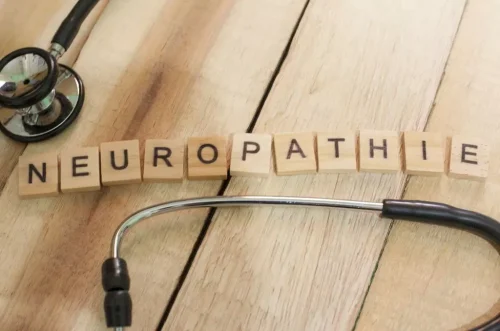



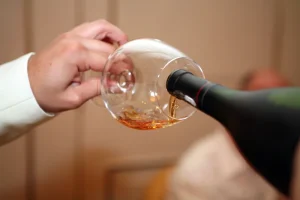

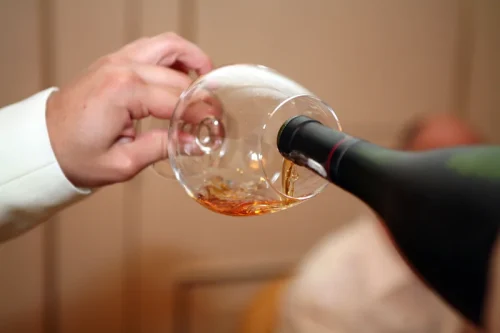
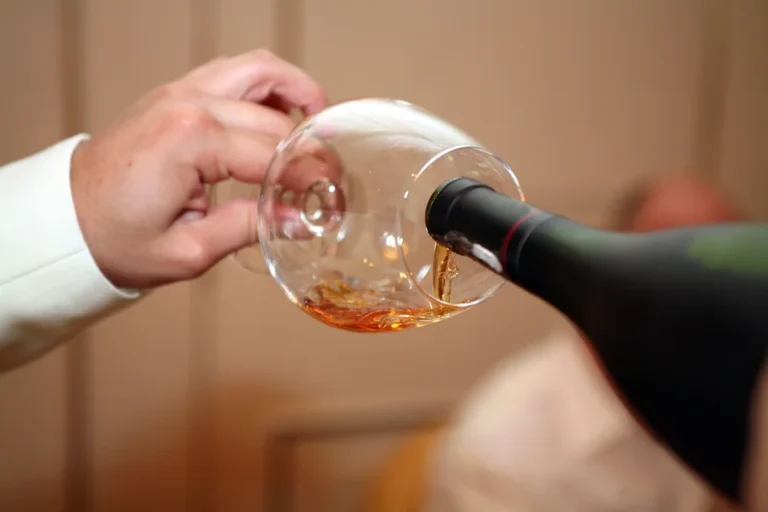
.jpg)
.jpg)
